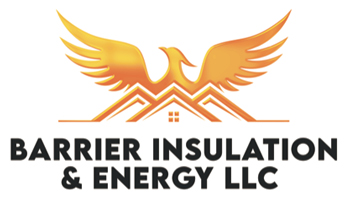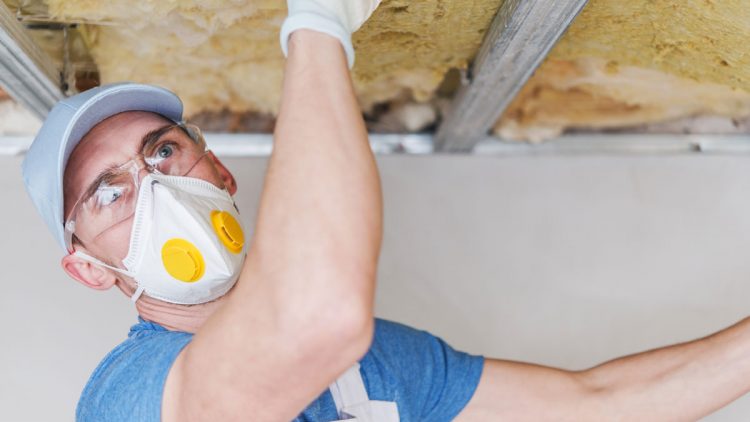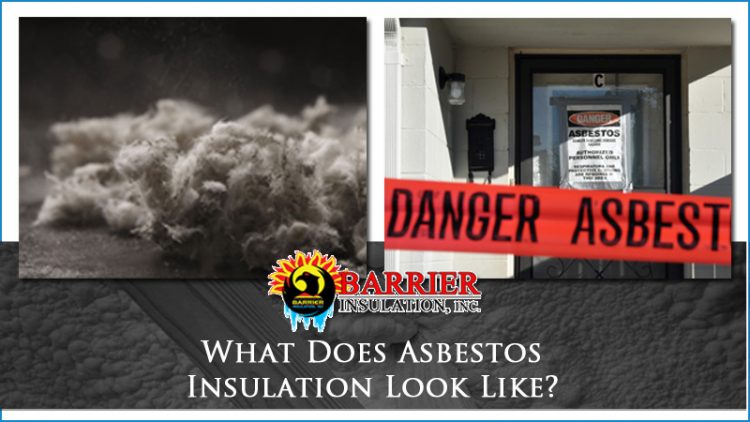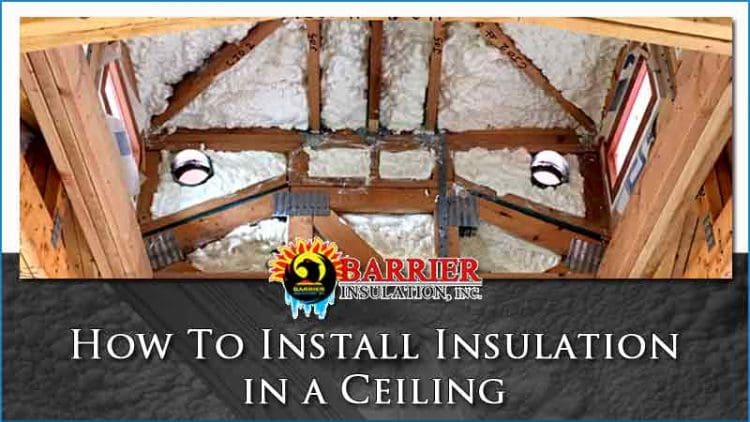How to Tell The Difference Between Cellulose and Asbestos Insulation
With asbestos still being used as a very commonly used fire retardant and a very popular insulator right until the end of the 1980’s. It was very versatile, affordable and it could be used in tiles and blow it with another material, vermiculite.
Differences Between Asbestos And Cellulose Insulation
Before we review the differences between asbestos and cellulose insulation, it is worth comprehending the properties regarding each of these materials.
Asbestos Insulation
Many people do not know that asbestos is, in fact, a natural mineral. asbestos is in general terms flexible and soft but also has great corrosion resistant and heat resistant properties. From the early 1950’s for a period of nearly forty years, the construction industry used asbestos as an insulator and fire retardant. When you view older buildings and houses, you will still find asbestos in drywall, tiles, tile grout and in the attic. That being said, so long as there are no damage or wall cavities exposing asbestos fibers in the living areas of the property, it is deemed to be safe. However, it becomes a very serious health hazard when asbestos particles become airborne and are able to reach the areas of the proeprty you occupy.
Cellulose Insulation
As an asbestos alternative, cellulose insulation is made from many different materials including cardboard, hemp, straw, newspaper, and many other different materials. When a paper-based cellulose mix is utilized by builders, it is treated with something called boric acid to give it fire resistance properties.
The two most common forms of cellulose insulation include dry cellulose and that is also known as loose-fill insulation. Builders will use a blower to blow the cellulose into the wall through holes. it can also be used to fill wall cavities. Wet spray cellulose is something builders use to apply to walls that have been newly constructed. The primary difference between dry cellulose and wet spray is that water is added during the spraying process. it provides a better seal for the prevention of heat loss.
Like asbestos, cellulose works well within pipes, walls and around wiring. it assists in both suppressing fires and both insulating your home. Cellulose also utilizes material that is recycled and that is a big advantage for owners of buildings looking to go green.
Differences
So now you understand the differences in the ingredients, they do look very similar when they are inspected. Although it is a different insulator, there are similar issues with vermiculite attic insulation as it is a very difficult proposition to see whether asbestos is contained within. The best thing to do is not to touch it but obtain the services of a professional to extract some samples and get a confirmation as to whether it contains asbestos. If asbestos is contained, you will want to seriously consider instituting a program of asbestos management or to completely remove the asbestos.
What To Do Next
When more than ten square feet of asbestos, you need the services of a professional abatement company. When you are handling larger projects, there is an extremely high risk of exposure and contamination not only to you but also those around you.
The professional contractor will quickly and safely remove the asbestos and with the set-up of barriers surrounding the work area to prevent tenants from coming into contact with asbestos. Reverse airflow will be used to keep the asbestos fibers from spreading. They will then wear equipment with special protective qualities and cleanse the area with HEPA filter vacuums and then properly dispose of the asbestos.
Barrier Insulation Offers Garage Insulation Services In Phoenix.
Barrier Insulation Inc. is provider of top-quality insulation in Phoenix, including blow in insulation, spray foam insulation, rolled batt insulation and more. Trust your insulation installation to the professionals at Barrier Insulation Inc. knowing your house will be optimized with the finest quality insulation in the marketplace.
If you are building a new home, or probably just need to remove the old insulation and install new more energy efficient insulation. We proudly offer the valley’s more comprehensive insulation service that helps you save on energy stay comfortable. Give us a call at 602-499-2922.



